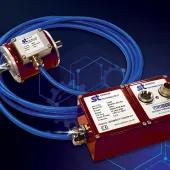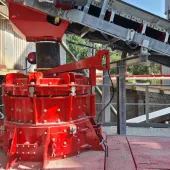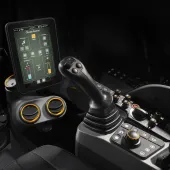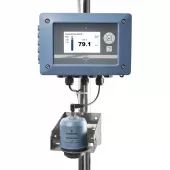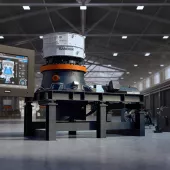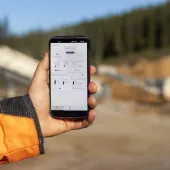MAJOR introduce new Flex-Mat Sensor
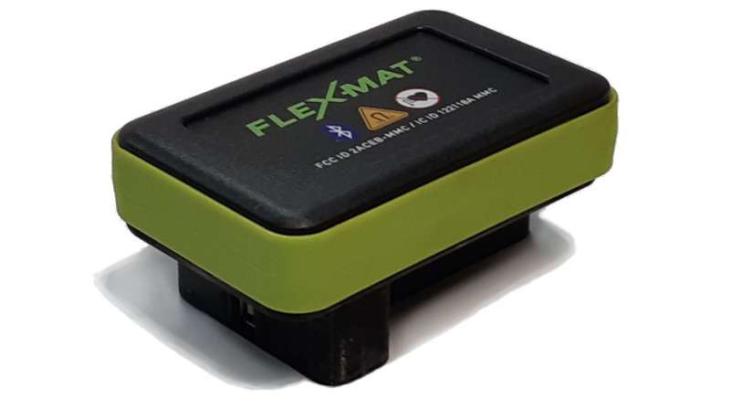
New vibration-analysis tool makes it easy to measure screen performance with no downtime
MAJOR, a leading global manufacturer of high-performance screen media, have introduced the Flex-Mat Sensor, an easy-to-operate vibration data measurement tool that users can utilize to review results and fine-tune their screening machine without shutting down the equipment.
The app-controlled vibration-analysis sensor provides readings of screenbox vibrations within seconds and generates a report that can be sent or reviewed. The simplicity of the system’s design ensures delivery of valuable and actionable data without the requirement for a plant shutdown to calibrate the sensor.
‘Our focus is on making our customers more profitable and productive, and this technology does that by putting a wealth of screen performance data into the palm of their hand,’ said Peter Bauer, MAJOR’s R&D and innovation manager. ‘The simplicity of our system makes it extremely accessible and allows dealers and their customers to make educated decisions to improve performance and profits.’
The Flex-Mat Sensor allows users to measure and – almost immediately – view vibration data. The operator simply connects the single sensor to the Flex-Mat Sensor app on their phone before placing the sensor on one corner of the machine and then moving it to each corner of the machine until finished.
Once the measurement process is completed, the information is delivered to the phone in seconds, whereas alternative systems may not provide the data until the following day.
Machine information is stored locally for ease of use and viewing in areas with cellular limitations. As soon as a signal is available, the information uploads to MAJOR’s cloud service where it is viewable from a web browser. Historical equipment performance data is also viewable through the cloud.
The sensor measures g-force, stroke, rev/min and orbit, including lateral movement – a measurement not offered by many vibration-analysis systems. Producers can use the data to monitor and fine-tune screenbox performance, as well as make parameter decisions with minimal guesswork.
For example, it can be difficult to tell, just by looking, whether or not a screen that is supposed to be operating at 800 rev/min is actually operating at 900 rev/min, because the difference in vibration may be just a few millimeters, but the extra could mean too much carryover. The sensor makes that information easy to access. The data can also give indications of what kind of screen media would be most effective on the machine.
Though the sensor is not meant to serve as a diagnostic tool, the information it provides can point to possible problems with the screening equipment. One corner of a screen performing differently to the others, for example, may mean that further investigation is necessary. The tool allows operators to use the results to determine whether a more technical analysis from an alternative, in-depth system is needed.
The sensor kit arrives in professional casing and includes one sensor, instructions, a USB charging cable and instructions on how to download the Vibration app, which is available for iOS and Android phones.


